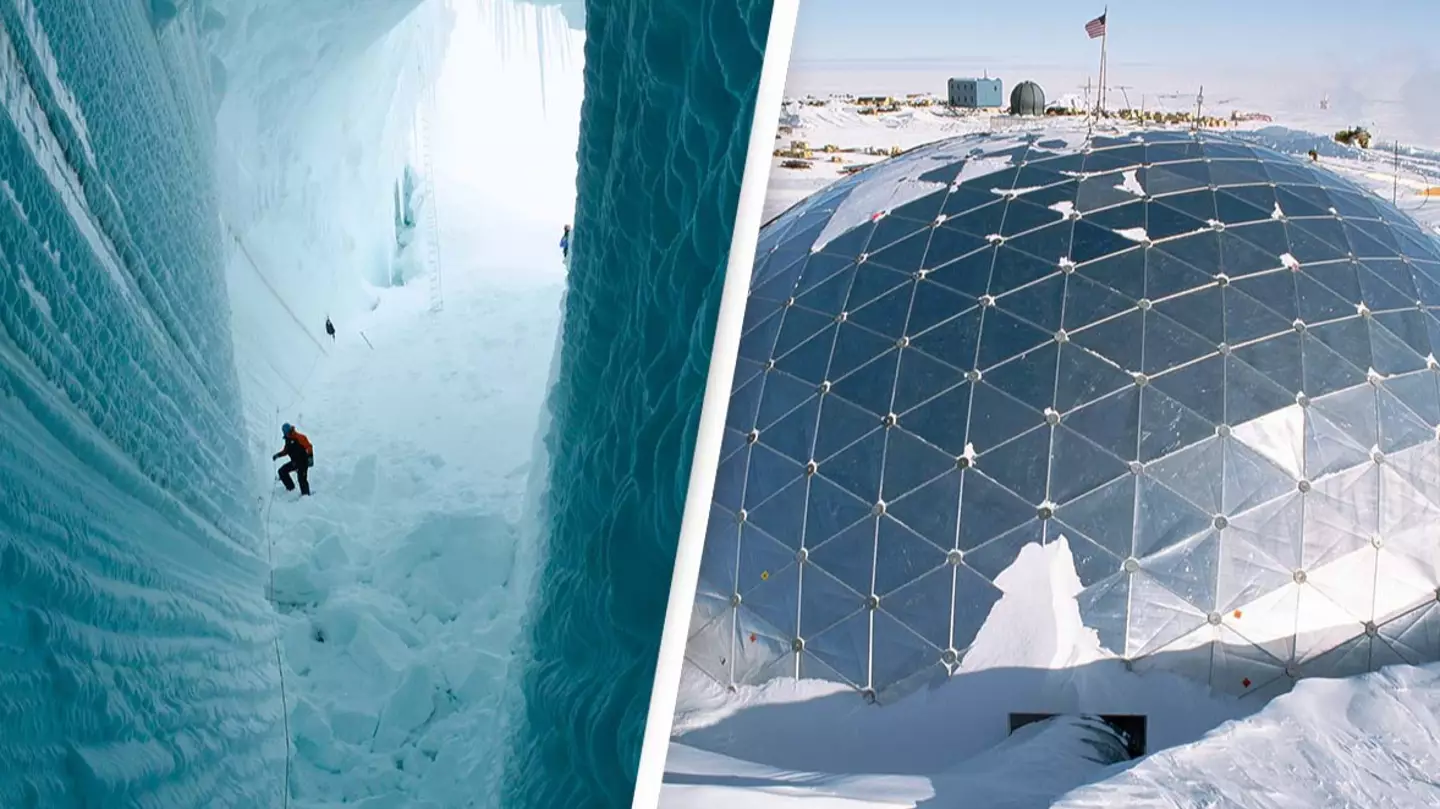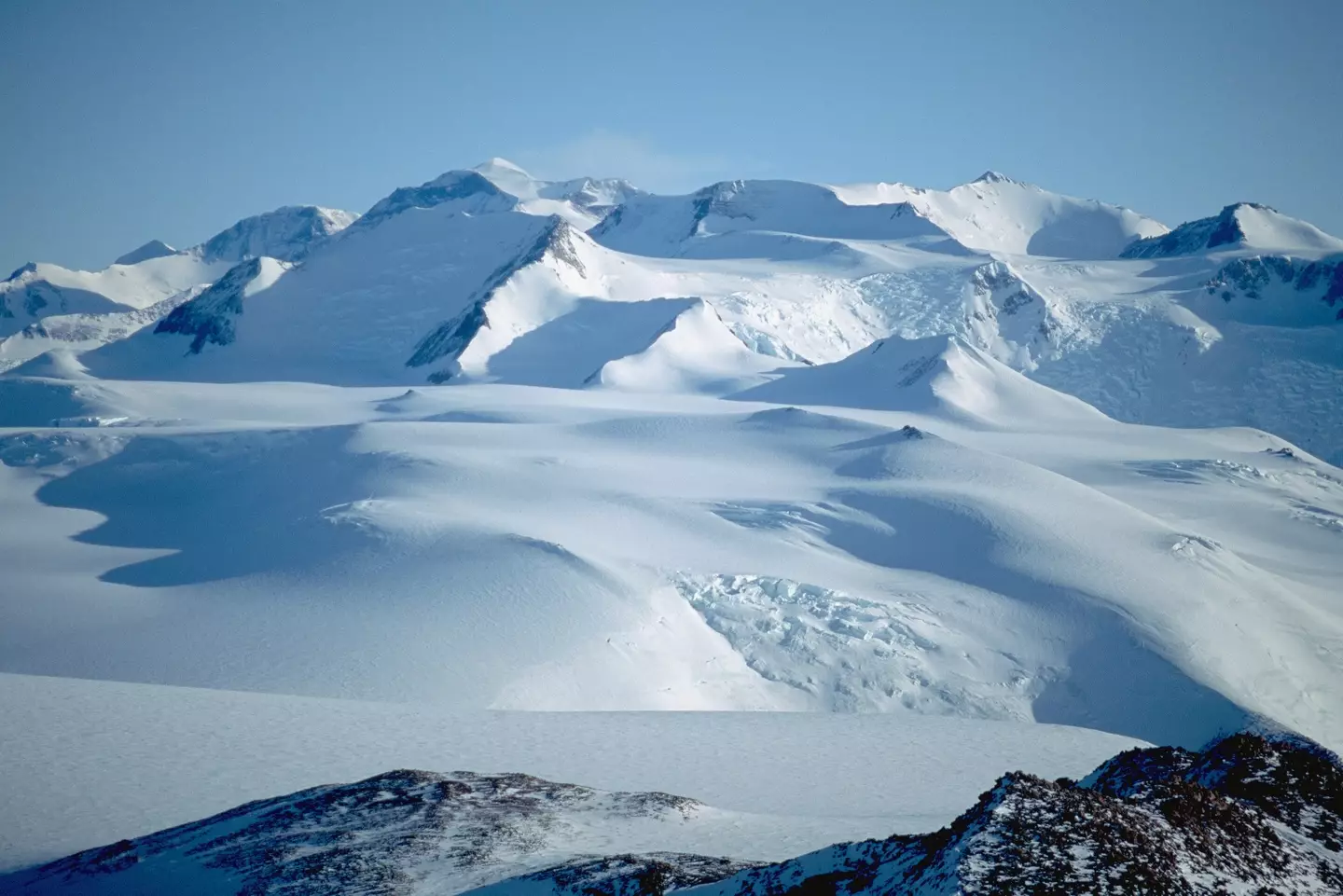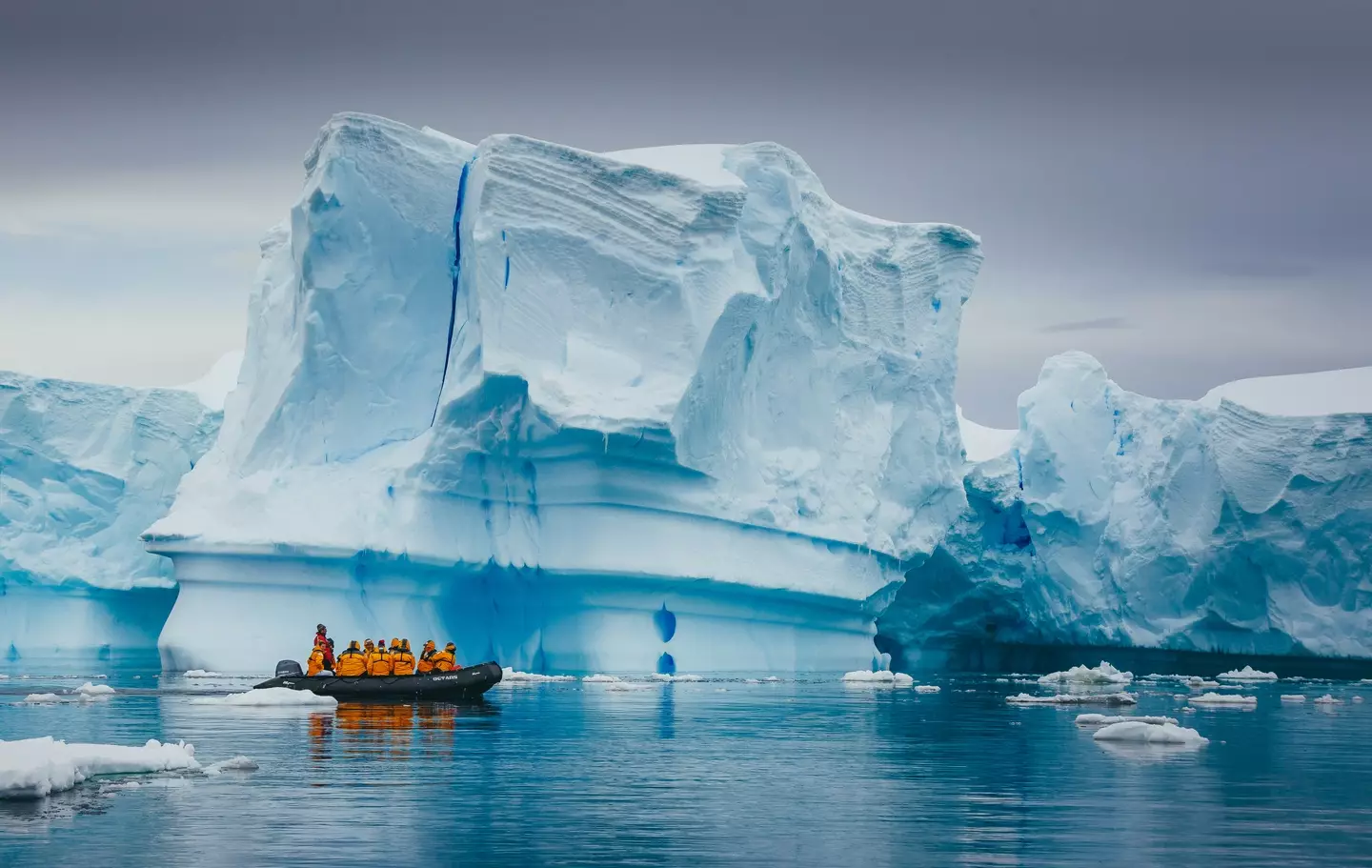
A group of glaciologists have made a startling discovery while exploring the continent of Antarctica, which could affect climate change.
The researchers - led by Durham University professor Stewart Jamieson - were using satellite observations to take a peek under two kilometers of a region called the East Antarctic Ice Sheet (EAIS), when they came across an unexpected find, dating back millions of years.
The group had, in fact, uncovered an ancient river landscape under more than a mile of ice.
Advert
Their discovery has hit headlines all over the world, with the news giving fellow glaciologists a long-lost insight into the ways in which the Antarctic landscape was shaped by both rivers and plantation.
According to the study, published in Nature Communications in October, the team detected 'an extensive relic pre-glacial landscape preserved beneath the central EAIS despite millions of years of ice cover', which in turn has hinted that there could be 'other similar, as yet undiscovered, ancient landscapes beneath the EAIS'.
Speaking to VICE, Jamieson said: "We've had a longtime interest in, effectively, the shape of the land beneath the ice sheet in Antarctica.
"And in particular, how the shape of that landscape interacts with the ice itself in terms of controlling it, but also in terms of recording how it has behaved in the past, so that it leaves a signature, or a fingerprint."

The group's discovery also has a key role in helping predict how the continent could respond to human-driven climate-change in the years to come.
Advert
"What we're trying to do is identify where we can really see an obvious picture in the land beneath the ice, and map it out," Jamieson continued.
Though the continent is now almost entirely covered by ice sheets, at one point, millions of years ago, Antarctica was part of a much warmer subcontinent.
During this point, the land was inhabited by the likes of dinosaurs, other animals and lush vegetation, before all of these features died, and the land became glaciated.
While trying to gaze through their newly-discovered slab of ancient ice, Jamieson and his research team used data collected by the Canadian satellite constellation RADARSAT, to detect tiny anomalies in the surface of the ice that give glimpses at the topography below.

This technique filled in several missing gaps in decades-old survey observations, with the results revealing the remains of a former landscape that is believed to be around 34 million years old.
Advert
"The implication is that this must be a very old landscape that was carved by rivers before the ice sheet itself grew," Jamieson explained.
"That's why we can say that the landscape itself is likely older than 34 million years. That's a time when the climate was a bit warmer. There was vegetation and plants growing on Antarctica and there wasn't big-scale ice."
The team now hope that their findings can prompt more details about the terrain by using remote-sensing methods to reconstruct the evolution of the ice sheet over time.
Topics: Antarctica, Climate Change, Science